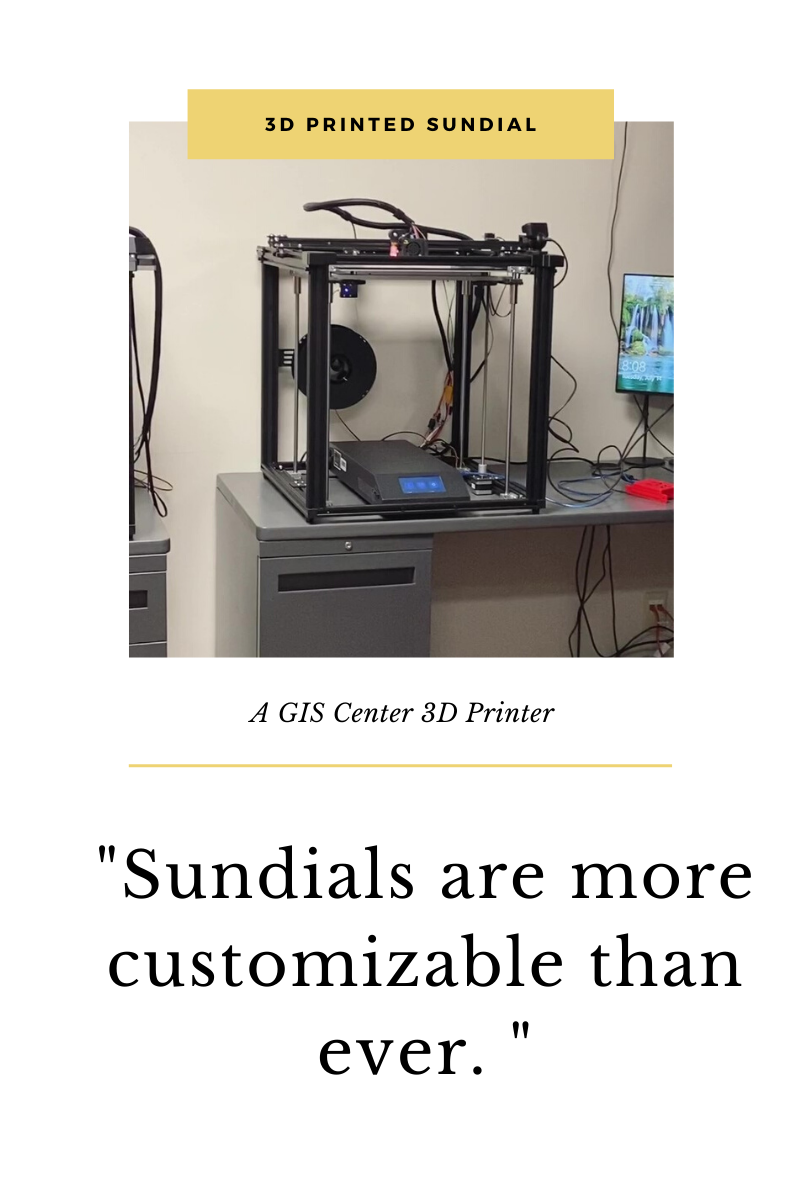
History and Function of Sundials
Sundials are used to tell time with the sun. Throughout the day, the sun moves across the sky while the Earth orbits it. We’re able to see what time it is by mapping the changing shadows.
Sundials have been used widely throughout history, with early versions of the sundial dating back to 3500 BCE. Sundials were used by the Egyptians, Ancient Greeks, Romans, Muslims, Europeans, and more. It wasn’t until the 20th century that sundials fell out of style. In the early 1900s, sundials were still being used to set the time for mechanical clocks.
Today, sundials are frequently used in gardens and other outdoor spaces for timekeeping and aesthetic reasons.
Sundials typically have a “gnomon, a thin rod that casts a shadow onto a dial, and a flat plate or platform.”
Beyond these requirements, people have been creating unique and interesting sundials throughout history, including armillary spheres. Thanks to modern technology, sundials are more customizable than ever.
Digital Sundial

In 2015, Julldozer created a digital sundial. The inventor wanted to make a sundial that was more similar to a modern watch than a traditional sundial. The design utilizes 3D printing technology.
The sundial can be used in areas around the globe, as long as the sundial can be tilted and oriented along the Earth’s rotational axis.
His design takes advantage of the sun’s changing position throughout the day. The sundial has “No batteries, no motor, no electronics… It’s all just a really super-fancy shadow show.”
Other than a 3d printer, all you need is a jar and a few simple screws.
Although he made his design opensource, Julldozer also sells his sundial on his etsy shop for people without a 3d printer.
Julldozer is confident you won’t be seeing his design in stores anytime soon.
There are limitations to the design. The sundial can only display the time within 20-minute ranges. Additionally, as with all sundials, the digital sundial won’t work without the sun.
APSU Prints Digital Sundial
The center recently printed the digital sundial. The print took 24 hours. A time lapse of the print can be seen here:
http://https://www.youtube.com/watch?v=9ZHcfbttvsg
After we printed the sundial, we put it together and tested it. It took some time to align it with the sun correctly, but we were excited by the results.
The center hopes to display this sundial at local schools to keep kids excited about science.
For more information about the GIS Center’s current projects, visit us at: https://apsugis.org/apsu-gis-work/
If you have a project idea or are interested in working with the center, please contact us at 1.931.221.7500 or wilsonm@apsu.edu

Leave A Comment
You must be logged in to post a comment.